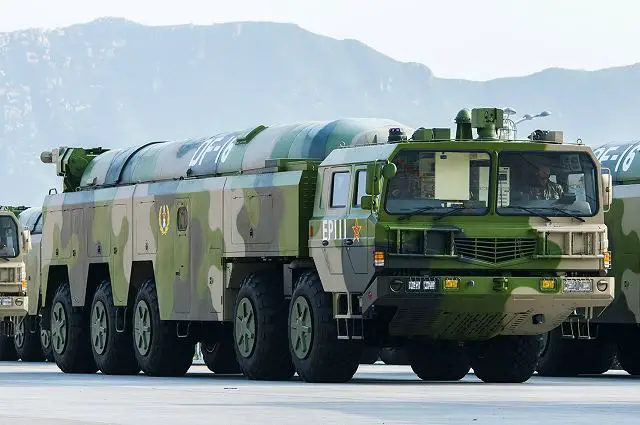I believe these ballistic weapons have a prescribed lifespan, after which they may become obsolete. This situation brings me back to the difficulties of the effects of lead found in car batteries. If the batteries are not disposed of in a careful manner, the lead could pose a potentially harmful threat to the environment.
I am now thinking that like the led from the batteries the substances contained in these weapons could also may also a threat, and the fallout here would be much more devastating than that from the lead.
Therefore, I would like to know if there is some international treaty governing the containment or destruction of these weapons whenever that may become obsolete.

